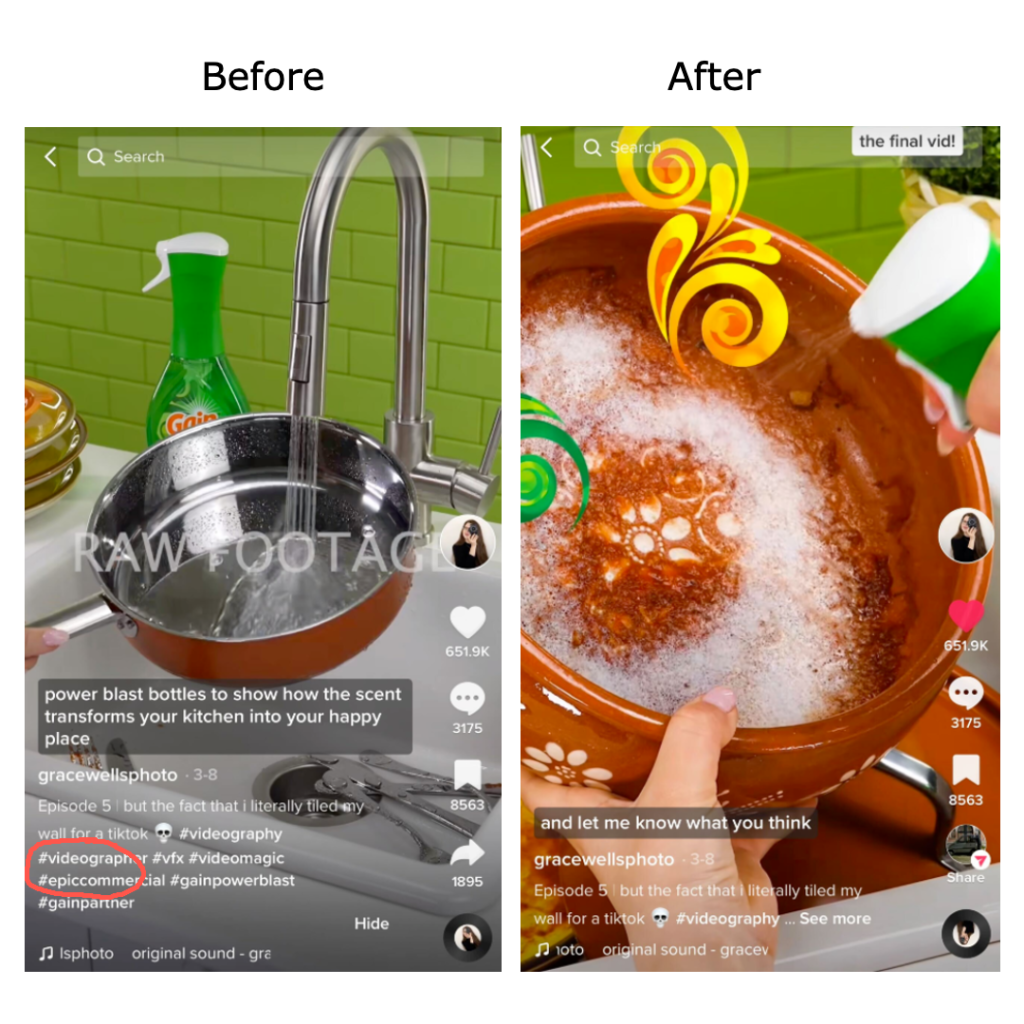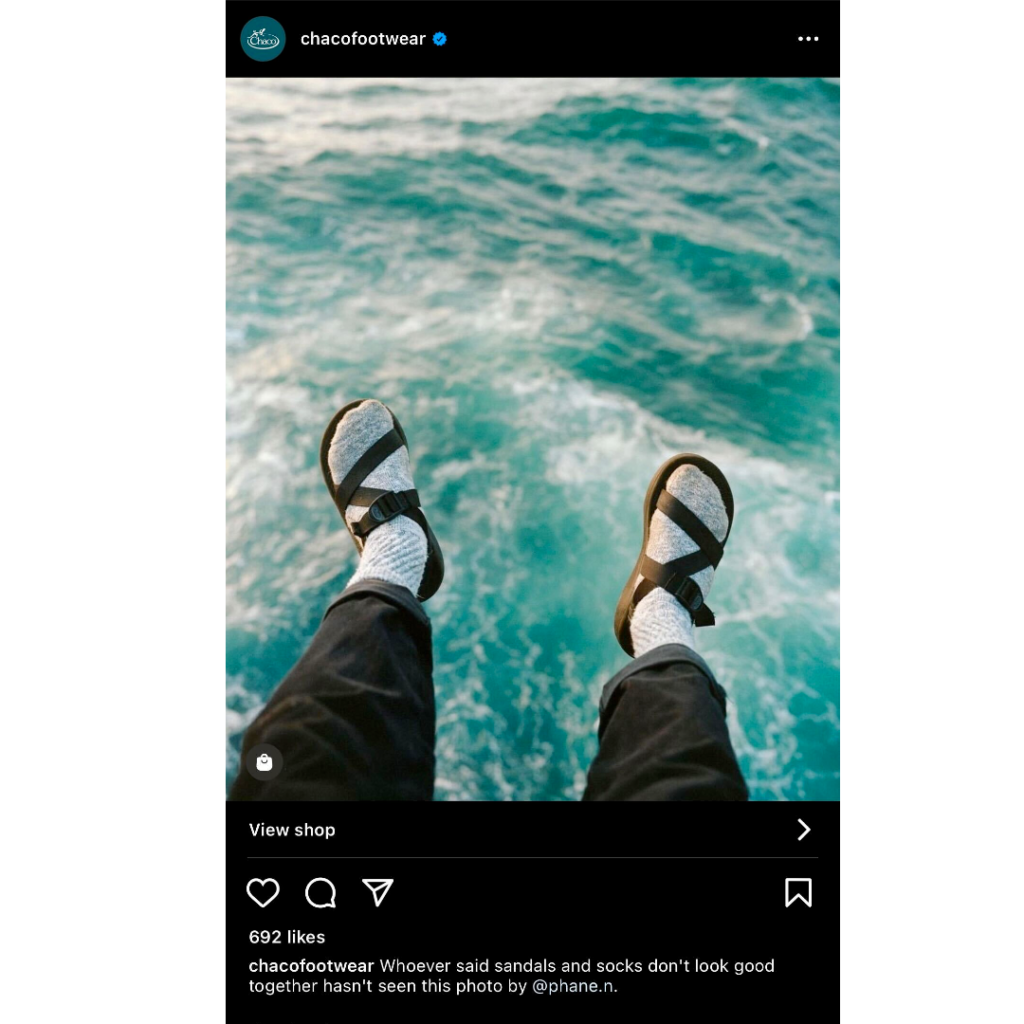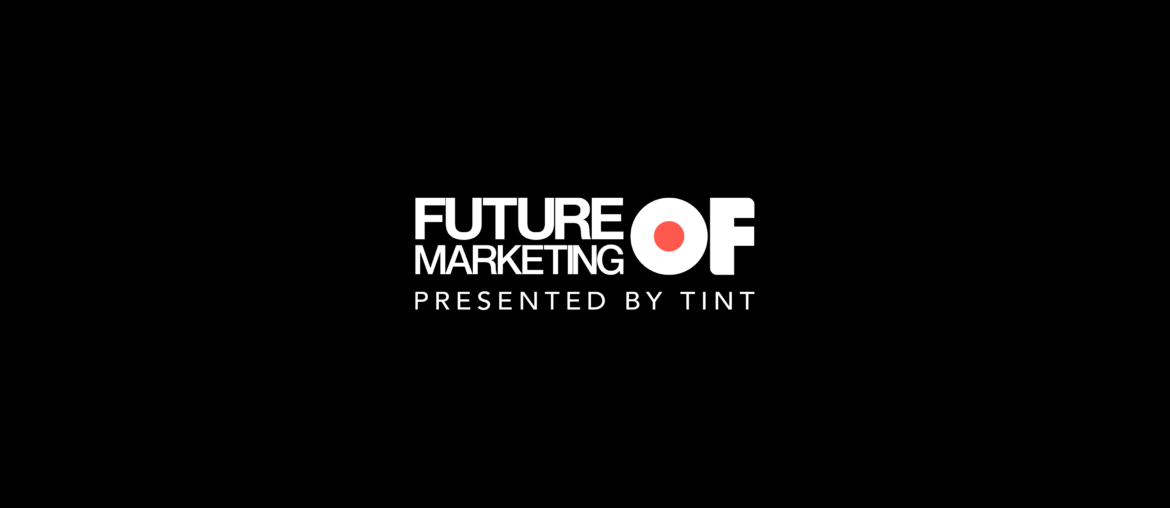The million-dollar question:
What’s the difference between influencers, creators, and user-generated content (UGC)?
You may have heard these terms used interchangeably, and while they all do technically “influence” people to buy – there is a fine line that differentiates them.
Let’s break it down…
Influencers
Influencers get paid to promote a brand through their existing (and engaged) audience.
Influencer-generated content is typically in the form of story takeovers, sponsored posts, affiliate links, and promo codes – and brands typically work with influencers to boost brand awareness (and sales).

There are different tiers of influencers to consider – from mega-influencers with millions of followers to nano-influencers with less than 5,000 followers:
Choosing the right influencer will mostly depend on your budget and goals. For context, the average cost for an Instagram post ranges from $10 to $100 for a micro-influencer whereas, a mega-influencer will make over $10k.
TIP: When sourcing influencers, make sure they align with your brand’s and audience’s values!
Creators
Creators are paid to create high-quality content* in their specific style. However, unlike influencers, creators don’t need to have an audience or post on their channels – but it’s nice to have. Instead, the brand typically hires a creator to produce content (i.e. a photo, blog, video, etc) that can be reshared across the brand’s marketing channels.
For example, Grace Wells – a popular TikTok creator – is known for creating “epic commercials for random objects.” As a result of her amazing work, she’s gained paid partnerships with major brands like Dawn, Gain, and Adobe.

When it comes to compensating creators, it varies according to the creator’s niche, skillset, and in some cases, credibility. For context, Kristen Jones, Marketing Director and Content Creator, surveyed brands and discovered that “over 65% of brands pay $600+ for a single well-done* ad.” Additionally, like freelancers, content creators may have their own payment structure – whether you pay per hour or per project.
TIP: Sharing creator-generated content is a great way to teach your audience what kind of content (and quality) you’d like to see from them.
User-generated content (UGC)
Speaking of audiences…
User-generated content is content that a person (i.e. customer or fan) creates about a brand without expecting compensation in return. Think of UGC as authentic reviews and testimonials – it’s content you see on platforms like TikTok and Instagram, where users share their favorite products.
In other words, when not incentivized, UGC is the most authentic form of word-of-mouth. Look at Chaco re-sharing UGC on their channels; this not only saves you time and money – but it helps you strengthen the connection with your customers.

UGC can be in any format – a video, photo, audio, or text, and it can be positive or negative. Big Ass Fans (yes, it’s a real company) does a great job at turning negative UGC into a comical opportunity.
TIP: To collect UGC, start by asking happy customers to submit content about your brand. Just don’t forget to provide guidance and get their permission to reuse their content.
THE LESSON: By leveraging content that others are creating, you’ll maximize time and save $$$ – which allows you and your team to focus on scaling and creating better experiences.
